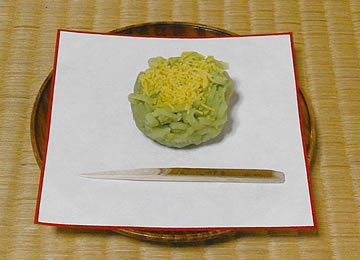Let's decide on Nagoya's deliciousness. I LOVE Nagoya Meshi
I knew? Let's trace the roots of Nagoya Meshi
Nagomeshi is rich in variety, but there is a historical and cultural necessity behind its uniqueness. Let's take a look at the roots that have supported and nurtured our food culture.
Miso culture that supports Nagoya Mushi
Extremely rich in flavor, the basis of the appeal of Japanese cuisine
You can't talk about Nagomeshi without talking about bean miso (also called red miso)! Mame miso is made using only soybeans and salt and is aged for a long period of time, and is considered the origin of miso. Miso and soy sauce, which are fermented soybean foods, are rich in glutamic acid, the umami component. Umami has the effect of reducing salt while preserving the flavor of the dish, and is the foundation of healthy Japanese cuisine. Mame miso is aged for a long period of time, which concentrates its flavor. The content is approximately 3,800 mg per 100 g, which is twice as much as rice miso (1,800 mg) or barley miso (1,900 mg).
Production and consumption of soybean miso is limited to the Tokai region.
Consumption of soybean miso accounts for only 5% of all miso in Japan. Most of them are eaten in the Tokai region. The dark brown color and sweet-salty taste that are common in Aichi and Nagoya are almost unknown nationwide. Production of soybean miso is limited to the Tokai region. Producers are almost limited to Aichi and Mie prefectures, with Aichi prefecture accounting for 76% of production. By the way, ``Haccho Miso'' is a representative brand of bean miso, and its origin comes from the fact that it was made in Hatcho Village (present-day Hatcho Town) in the Okazaki Castle area. In addition, ``Akadashi'' refers to mixed miso made by adding rice miso and seasonings to bean miso, or miso soup made from the same.
The bean miso (red miso) is amazing!
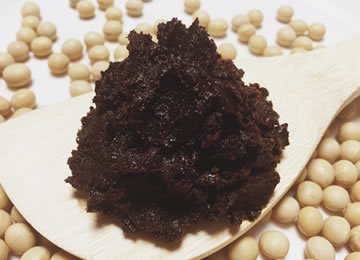
Made only with soybeans and salt. Rice miso is simpler than using rice koji and barley miso is using barley koji. Rich in umami component = glutamic acid. The content is approximately twice that of rice miso and barley miso! It will take 2-1 years to complete. It has a much longer maturing period than other miso that can be made within a year, resulting in stable quality and a long shelf life. It is resistant to heat and retains its flavor even when simmered.
Nagoya Meshi with the history of Aichi
![]() Sengoku period
Sengoku period
Three heroes who had a strong interest in food during the Sengoku period
Aichi has produced many military commanders. Among them, the three heroes who shine brightly are Oda Nobunaga, Toyotomi Hideyoshi, and Tokugawa Ieyasu. All three also had a strong interest in food. Nobunaga likes to talk deeply. He also had an interest in the foods imported from Nanban, and liked to eat konpeito and Nanban sweets. Hideyoshi loved burdock and daikon radish from his hometown, Nakamura, and continued to order them and eat them even after becoming a ruler. Ieyasu was so knowledgeable about food that he could be called a health geek, and even cultivated medicinal herbs himself. He ate a simple diet of barley rice and soybean miso, and lived to be 75 years old, an extremely long life for those days.
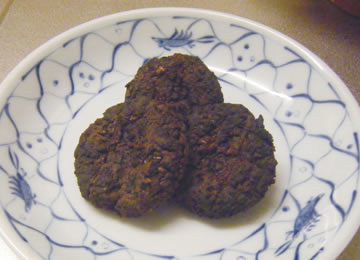
The source of the strength of the Aichi samurai was in the bean miso!
The samurai of Aichi demonstrated unparalleled strength. Mame miso supported this success. Thanks to long-term aging, it is resistant to deterioration and has high nutritional value, making it the source of their power. Grilled miso, which was rolled out flat and roasted, was useful both as a daily meal and as a portable meal during wartime. There was also a deluxe version that was kneaded with ginger and sesame seeds and baked in sesame oil. I carried grilled rice balls with me when I went to war. Both military commanders and foot soldiers ate this and competed in military feats. Bean miso was often eaten as a meal during the camp as it was a valuable source of stamina.
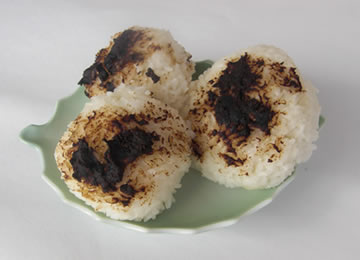
![]() Edo Period
Edo Period
The reason behind my love for coffee shops is the tea ceremony culture.
The tea ceremony created a craze among military commanders from the Sengoku period. In the Edo period, its popularity spread among townspeople as well. Because the Owari Tokugawa family was passionate about the tea ceremony, this movement was especially active in Nagoya, and its own school, the Matsuo school, was born. The hospitality spirit of serving matcha to guests and the custom of taking a break with tea have become widespread. Services such as Morning, and the love of coffee shops that people of all generations use on a daily basis can be said to be descended from the tea ceremony culture that dates back to the Edo period.
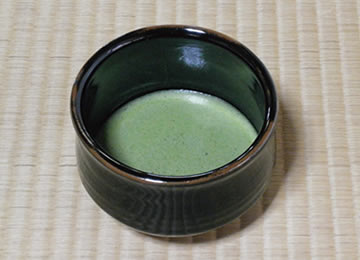
It's actually a Japanese sweets shop. Nagoya Shimo was born from a love of red bean paste
Japanese sweets are essential to the tea ceremony. Naturally, in Aichi, where tea ceremony enthusiasm is high, a Japanese sweets culture has also developed. There are many Japanese sweets shops, and their techniques are reliable. The fact that there are shops all over town that make high-quality Japanese sweets for tea ceremonies is something you don't often see in other areas. The annual expenditure in Nagoya City is over 20,000 yen, which is higher than the national average of about 15,000 yen. Another characteristic is that people like sweets with a strong sweetness made from red bean paste. It can be said that Ogura Toast, one of the Nagoya meshi, was born from the love for red bean paste.
